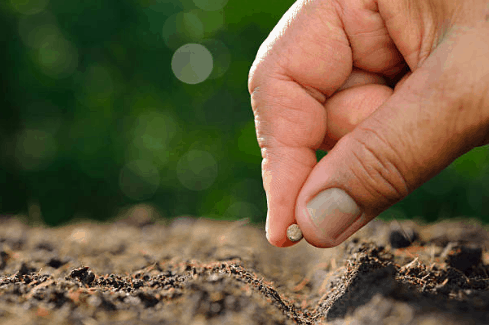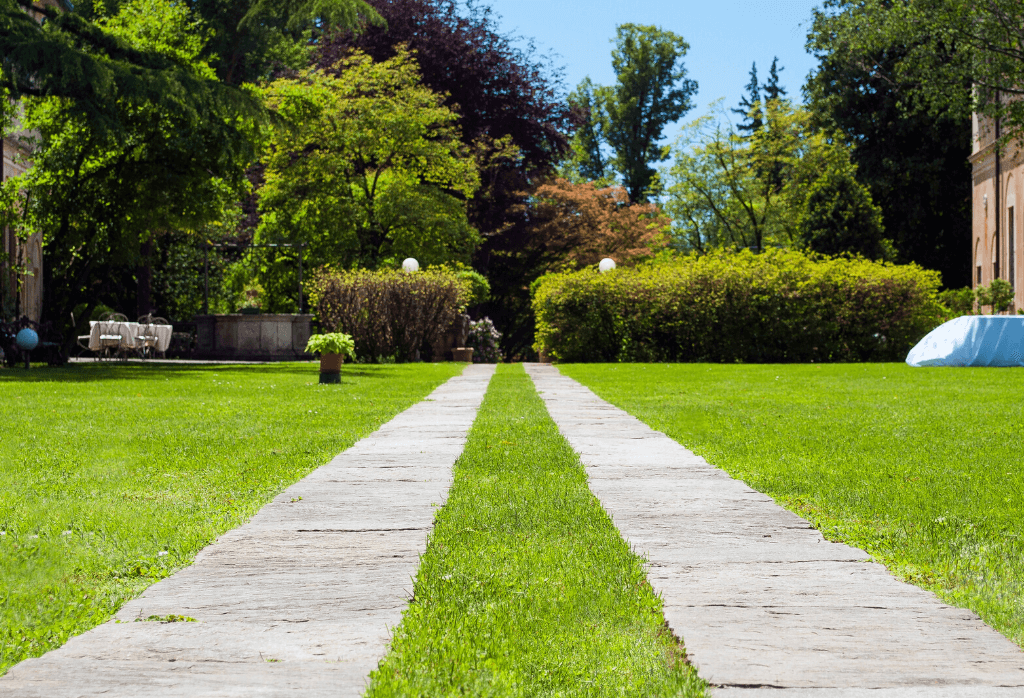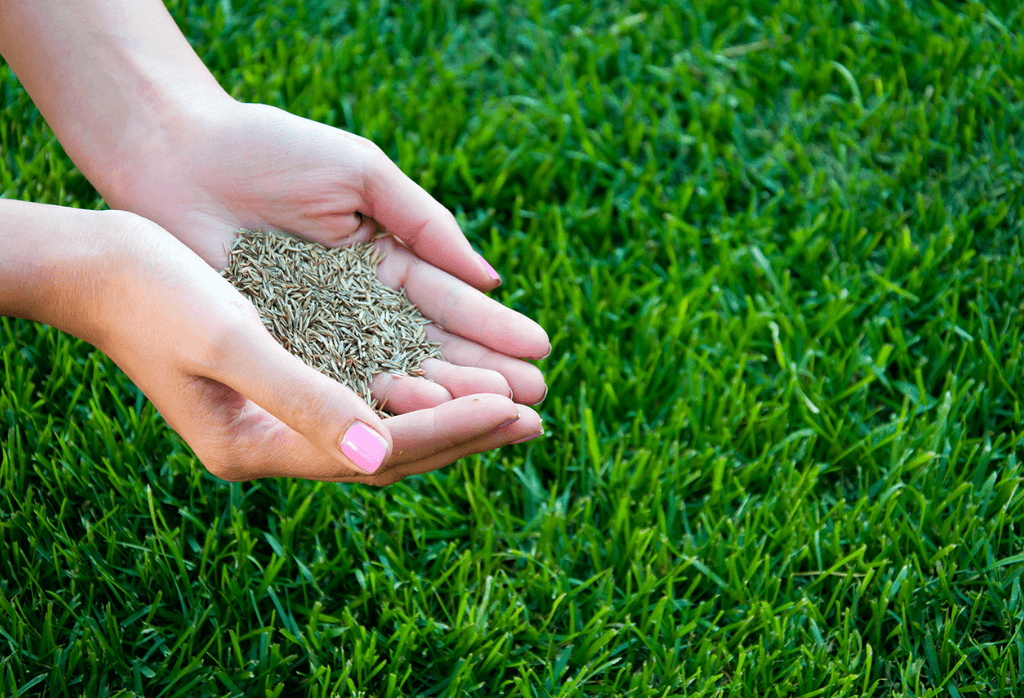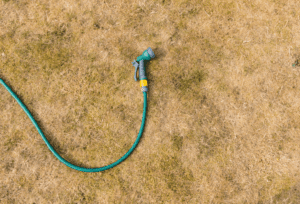The Secrets of Successful Lawn Seeding
When planting a bare-ground seeding or just over-seeding a thin lawn, following time-tested procedures can make the difference between seeding success or failure. Far too often, with the best intentions, homeowners make fundamental mistakes that can result in seeding failure and the need to go back to square one and start over without every understanding what went wrong.
Secrets to a successful seeding include:
Pick the proper seed variety for each area to be seeded. Some varieties are shade tolerant, at least to a point, while others need more than a half day’s sunlight to survive. Read the information on the package before making your seed purchase. Google your local extension service for the latest information on any new varieties.


Prepare the seed bed. When seed is simply spread over bare ground or onto existing turf, chances of achieving adequate seed to soil contact are slim. And, without this essential seed/soil contact, newly germinating seeds cannot establish rooting and soon wither and die. And it can all happen in a matter of just a few minutes. So, rake up the top inch of soil before spreading seed. Leave the seed bed in a ‘chunky’ condition, with chunks of soil about ¼” to ½” in size. These large and small chunks provide a protective location for seeds to rest until germination with less chance of being washed away in heavy rain.
Use the right amount of seed. Follow instructions on the seed package. Some seeds are large, some very small. The number of seeds per pound varies radically as do seeding rates.
Always apply a high phosphorus, “starter fertilizer” to encourage aggressive root establishment and growth. The quicker new seedlings root down, the better able they will be to take up moisture and survive stressful conditions.
Most of all, be sure to keep the seed bed watered. Light, frequent watering is the key. Your objective is to ensure that there is always some moisture in and around the newly planted seed. When germination occurs, the first, most important survival factor will be the availability of water. Continue watering until all varieties of seed you have planted have germinated. Remember, grass varieties germinate at different times. Ryegrass can germinate in as little as five days, while bluegrass may take up to three weeks. Water so that the seed bed is moist in the top one quarter inch of soil. Once daily watering should be sufficient.
As stated in some of our previous blogs, we highly recommend waiting on seeding your lawn until later in the year (early Fall) for best results. With the tips above and the right weather conditions, you should have great success when you decide to seed your lawn!
For more information click here.
Join Our Free Lawn Care Newsletter
Stay Up to Date With The Latest News & Updates
* We don’t share your info with anyone ever.



